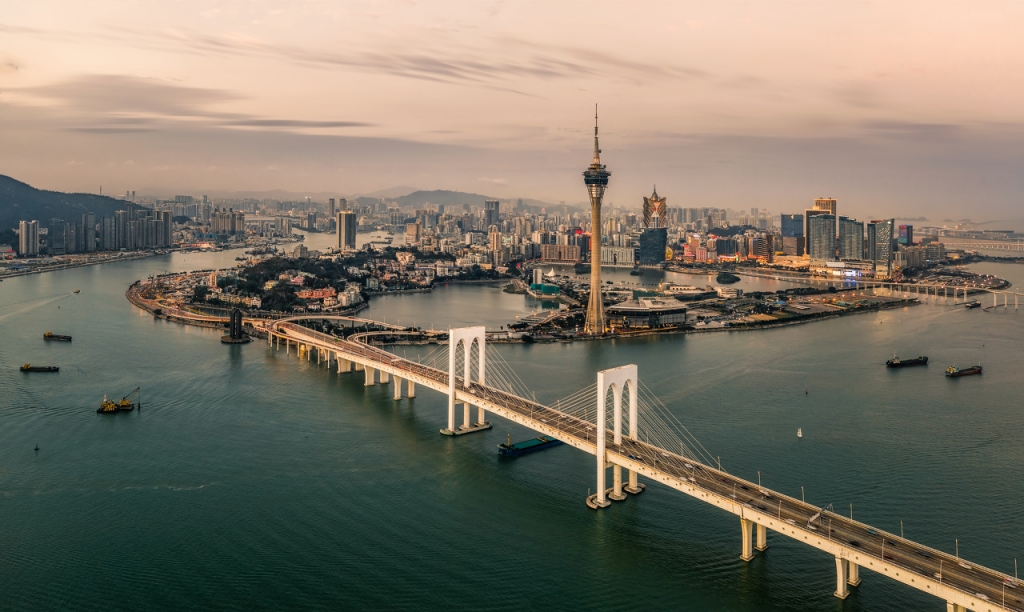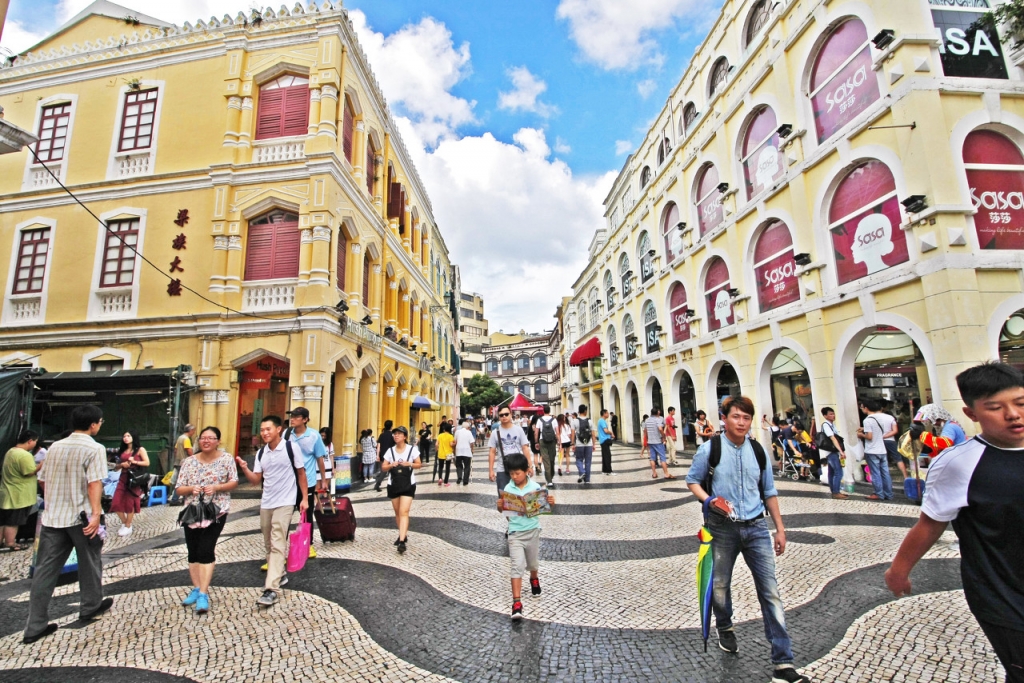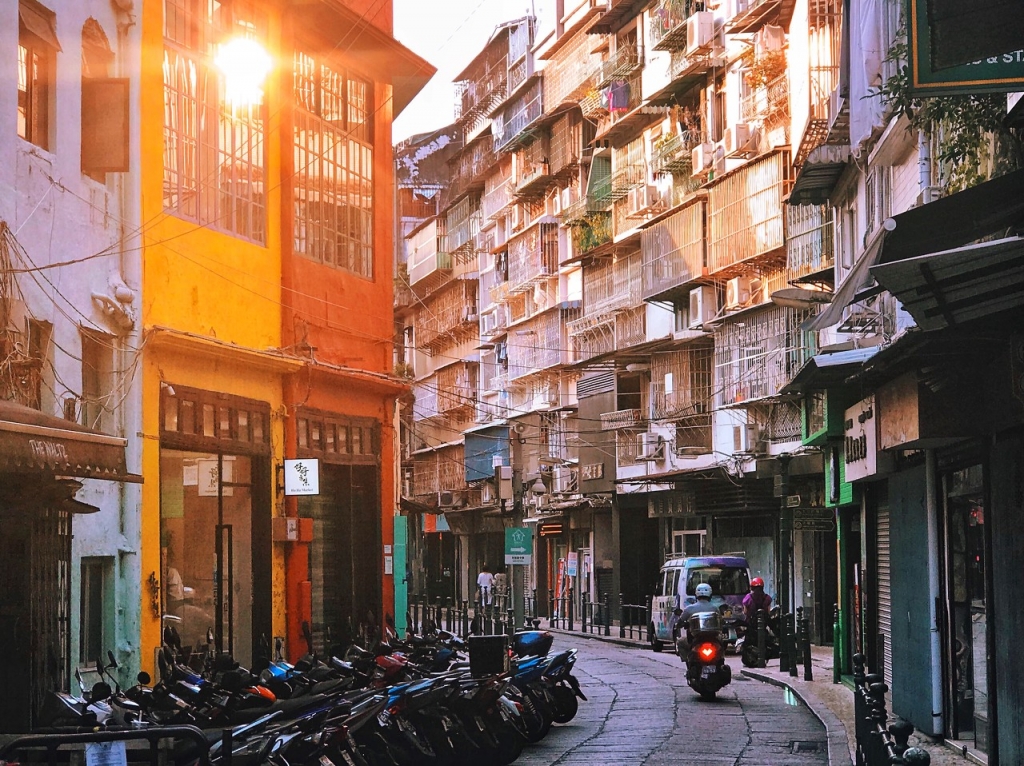
15 Photos of Macao Showing its Transformation Over the Past Century
After hundreds of years of integrating eastern and western cultures, Macao has become not only a city with a unique Chinese style, but also a gateway to the rest of the world.
December 20, 2019 marked the 20 year anniversary of Macao’s return to the motherland.
When we talk about Macao, what’s your first impression?
Do you think of a gambling town like Las Vegas, egg tarts or the ancient memorial archway?
This is probably what you would say before visiting Macao.
But after stepping into this mysterious place, you will discover there are a lot more surprises in Macao that will exceed your imagination.
You can take a walk down its historical area and embrace its culture, or, if you’re brave, you can jump off the 338 meter high Macao Tower to try and release some stress.
Classical and dreamlike, historical and modern, these themes forged together make up Macao’s’ current appearance.
In light of this transformation, China Focus selected 15 pictures to help guide you through Macao’s past, present and future.
The Past

The Guia Fortress is a 17th-century colonial military fort, chapel, and lighthouse complex in Macao, China. The complex is part of the UNESCO World Heritage Site Historic Centre of Macao.

The A-Ma Temple is a temple to the Chinese sea-goddess Mazu, located in Macao. Built in 1488, the temple is one of the oldest in Macao and thought to be the settlement’s namesake.

The Viceroy of Macao was from Portugal and governed for 127-terms between 1553 and 1999. The governor was directly under the authority of the Portuguese monarch and later the Portuguese President, carrying out their rule over Macao. After the return of Macao to China , the post of Governor of Macao was terminated.

In 1870, the Peak View Hotel was built as a luxury apartment, but was later converted into a five-star hotel in 1990 before closing on March 29, 1999. Today, the former hotel is used as the official residence of the Portuguese Consul General in Hong Kong and Macao.

Macao’s first post office was established in June 1869. In March 1884, Macao stamps were first issued, depicting the area’s 200-year-old history.

The Ruins of Saint Paul’s are the ruins of a 17th-century Catholic religious complex in Santo António, Macao. As one of the landmark buildings in Macao, the memorial archway is also one of the “Eight Sights of Macao”. In 2005, it became a United Nations World Heritage Site, along with other cultural relics in Macao’s historical district.
Today
 Hundreds of years ago, Macao was just a small fishing village, but now it has transformed into a modern city.
Hundreds of years ago, Macao was just a small fishing village, but now it has transformed into a modern city.
After hundreds of years of integrating eastern and western cultures, Macao has become not only a city with a unique Chinese style, but also a gateway to the rest of the world.
With the successful implementation of “One Country, Two Systems” and the historic opportunities that the Guangdong-Hong Kong-Macao Greater Bay Area offers, Macao will surely take off again.
Translator: Dong Lingyi
Editor: Tom Scott-Bell
 Facebook
Facebook
 Twitter
Twitter
 Linkedin
Linkedin
 Google +
Google +


















